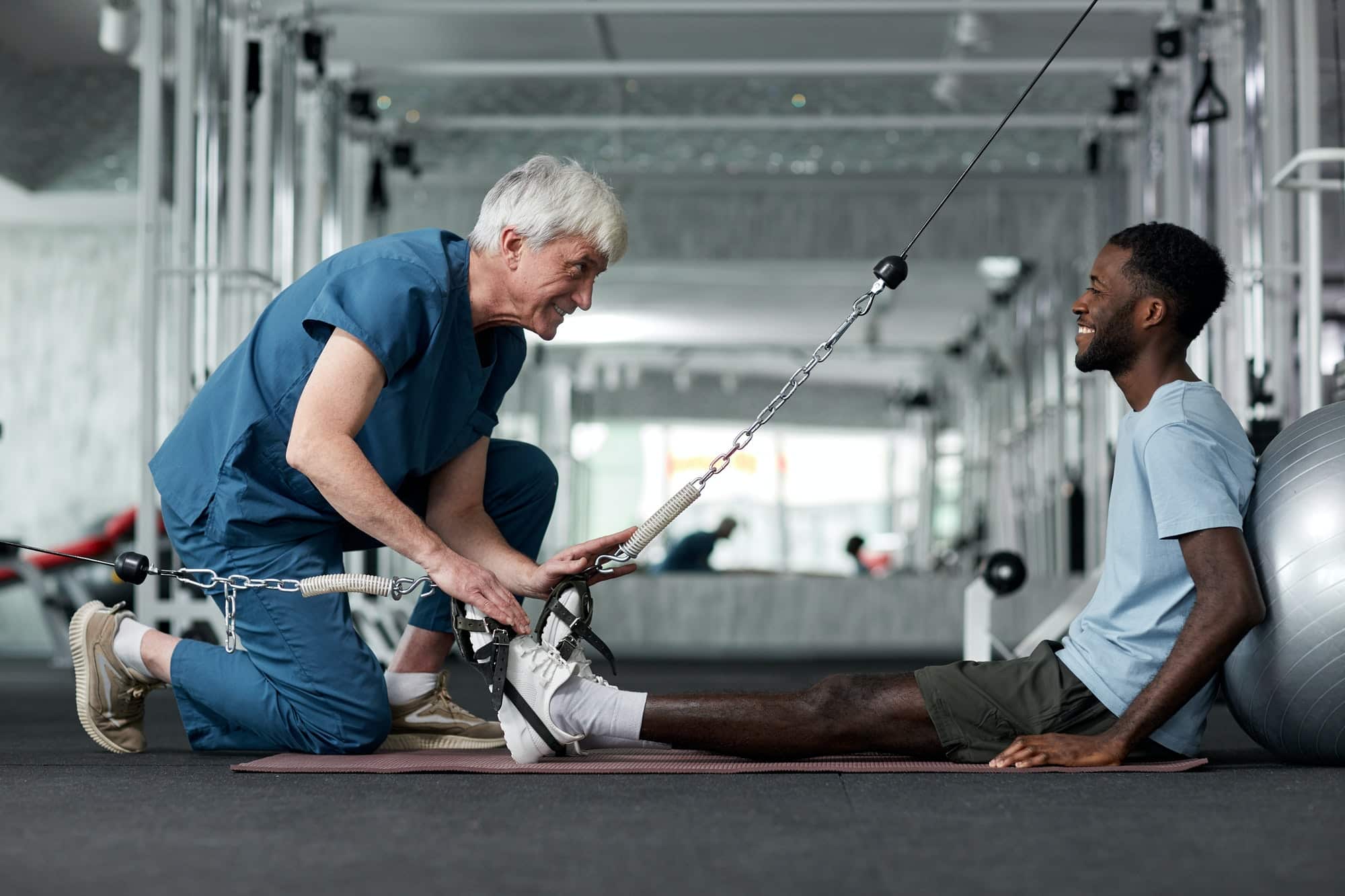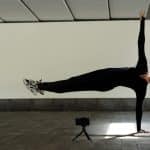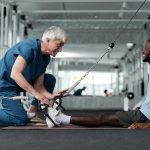The world of rehabilitation is constantly evolving and one of the latest innovations has been the integration of virtual reality into stroke rehabilitation programs. As you navigate through this article, you’ll discover how scholars, patients, and researchers alike, are tapping into the power of virtual reality to improve motor recovery and function in stroke patients.
The Promise of Virtual Reality in Stroke Rehabilitation
Virtual reality therapy, a relatively recent addition to the rehabilitative landscape, has been gaining attention from the scholars and stroke rehabilitation community. According to numerous studies indexed in PubMed and crossref, there is growing evidence that this form of therapy can significantly improve motor function and balance in stroke survivors.
A découvrir également : Can Interactive Museum Exhibits Promote Health Education Among Teens?
Virtual reality provides an interactive and immersive experience that allows patients to practice real-life activities in a safe and controlled environment. The virtual settings are customizable and can be adjusted according to the patient’s progress and ability level.
This immersive form of therapy has been found to be particularly beneficial in helping stroke survivors regain motor function. In fact, a review of multiple studies by Google Scholar showed that stroke patients who underwent virtual reality therapy exhibited greater improvements in motor function compared to those who received conventional therapy.
Dans le meme genre : How to Craft a Nutrient-Dense Vegetarian Meal Plan for Iron-Deficient Individuals?
Role Of Virtual Reality in Improving Motor and Limb Function
The impact of stroke on motor function can be devastating, affecting a patient’s ability to carry out even the simplest of tasks. However, with the emergence of virtual reality therapy, there is renewed hope for these patients.
During a virtual reality therapy session, patients are usually equipped with a headset and controllers, which allow them to interact with a computer-simulated environment. This could involve activities like reaching for objects, manipulating tools, or even navigating virtual landscapes.
As patients participate in these exercises, they are essentially retraining their brains to regain control over their affected limb. This concept, known as neuroplasticity, is at the core of stroke rehabilitation. Virtual reality not only harnesses this principle but amplifies it, providing a more intensified and effective form of therapy.
Virtual Reality and Balance Training
Balance deficits are a common result of stroke, often leading to a high risk of falls and reduction in overall mobility. As such, balance training forms a critical part of stroke rehabilitation. Studies have shown that virtual reality-based balance training can potentially yield better outcomes compared to traditional methods.
In a virtual reality environment, patients can practice balance exercises without the fear of falling, since the virtual environment offers a safe and controlled setting. The unique aspect of virtual reality balance training is that it incorporates visual and auditory cues, providing a whole-body balance training experience.
Engaging Patients through Virtual Reality
Stroke rehabilitation can be a long and often frustrating process for patients. However, the introduction of virtual reality into the mix seems to have made this journey slightly less daunting.
The interactive nature of virtual reality therapy tends to make the rehabilitation process more engaging and enjoyable for patients. This increased engagement can lead to greater adherence to the therapy and ultimately, better outcomes.
Moreover, through virtual reality, patients can receive real-time feedback regarding their performance. This immediate feedback can help motivate patients to improve their performance, and it allows therapists to make necessary adjustments to the therapy program.
Virtual Reality as an Accessible Rehabilitation Tool
With the continued advances in technology, virtual reality is becoming increasingly accessible and affordable. This has allowed its use to extend beyond the confines of rehabilitation centers and into the homes of stroke patients.
Home-based virtual reality therapy can provide patients with a more convenient and comfortable way to continue their rehabilitation at home. It also opens the door for continuous and consistent therapy, which is crucial for successful stroke rehabilitation.
All these factors illustrate the transformative role that virtual reality is playing in the field of stroke rehabilitation. By providing an interactive, immersive, and engaging form of therapy, virtual reality is enhancing patients’ recovery journeys and helping them regain their independence.
The Influence of Virtual Reality on Parkinson’s Disease Rehabilitation
While the focus of this article has largely been on the role of virtual reality in stroke rehabilitation, it’s worth noting that this technology also holds promise for patients suffering from other neurological conditions, such as Parkinson’s disease.
Parkinson’s disease, a progressive neurodegenerative disorder, often results in impaired motor function and balance. Google Scholar and article PubMed have indexed numerous studies highlighting the potential benefits of virtual reality therapy for Parkinson’s patients.
Similar to its application in stroke rehabilitation, virtual reality offers an immersive and interactive environment for Parkinson’s patients to practice motor functions. For instance, patients can perform virtual tasks that replicate real-world activities, such as walking or reaching for an object. This active engagement in tasks can help improve their motor function and balance, thus enhancing their quality of life.
Moreover, the concept of neuroplasticity plays a significant role in rehabilitation for Parkinson’s disease. By engaging in constant, repetitive movements in a virtual environment, patients are essentially retraining their brain to better control their movements.
Several systematic reviews available on Scholar CrossRef and PubMed indicate that virtual reality therapy can lead to significant improvements in gait and balance in Parkinson’s patients, compared to conventional therapy. This further solidifies the role of virtual reality as a powerful tool in neurorehabilitation.
Conclusion: The Future of Neurorehabilitation
As we have explored throughout this article, virtual reality is poised to play a transformative role in the field of neurorehabilitation. By providing an immersive, interactive, and engaging platform, virtual reality is revolutionizing the way rehabilitation therapies are conducted for neurological conditions, including stroke and Parkinson’s disease.
The continuous evolution of virtual reality technology, coupled with its increasing accessibility and affordability, ensures its potential as a home-based solution. This is a crucial aspect, as it allows for consistent and convenient therapy sessions, which are vital for successful rehabilitation post-stroke or for chronic conditions like Parkinson’s disease.
The positive impact of virtual reality seen in multiple studies – from enhanced motor function to improved balance – is a testament to its potential. However, it’s important to remember that while virtual reality is indeed a promising tool, it should be used in conjunction with, and not as a replacement for, traditional rehabilitation therapies.
As we move forward, we anticipate further advancements in virtual reality that will continue to enhance its effectiveness and accessibility. The integration of virtual reality into neurorehabilitation programs is just the beginning. As technology continues to evolve, so too will the opportunities for virtual reality to assist in the recovery journey of stroke survivors and patients with neurological disorders.
In conclusion, considering the growing body of evidence supporting the use of virtual reality in neurorehabilitation, it is safe to say that virtual reality is more than just an innovative tool. It is a beacon of hope for stroke survivors and those living with neurological conditions, offering them the chance to regain their independence and improve their quality of life.











